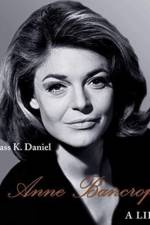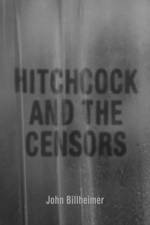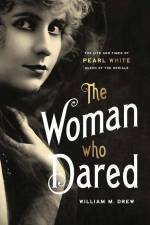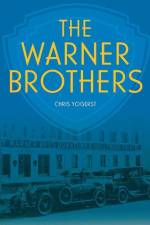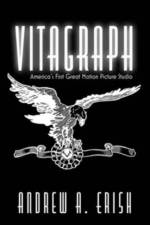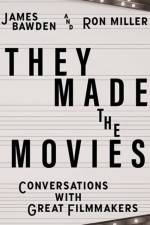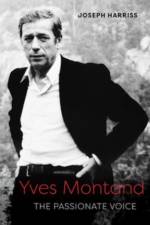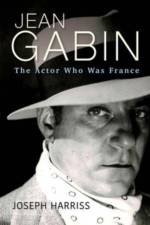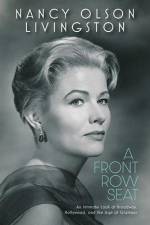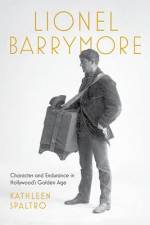av Gerald Peary
495
The auteur theory - the belief that a director's personal influence and artistic control over a movie are so great that the filmmaker is regarded as the key artist in making a film - was first popularized in America by film critic Andrew Sarris. In the New Hollywood Era of the 1960s and 1970s, as weakening studio control granted directors more artistic freedom, the theory gained traction, embraced by both the media and by directors themselves, and it came to be a significant factor in the filmmaking process. With its almost ubiquitous acceptance, the auteur theory also had, in hindsight, a negative effect. It undeniably played a role in establishing and romanticizing the dominance of the white heterosexual male point of view while ignoring the contributions of screenwriters and cinematographers, and worse, excluding marginalized aspiring filmmakers from the industry. Mavericks: Interviews with the World's Iconoclast Filmmakers amplifies the voices of a wide-ranging group of groundbreaking filmmakers whose identities, perspectives, and works don't conform to typical Hollywood standards. Author Gerald Peary, whose experience as a film studies professor, film critic, arts journalist, and director of documentaries culminates in a lifetime of film scholarship, presents a riveting collection of interviews with idiosyncratic directors - including Black, queer, female, and non-Western filmmakers-whose unconventional work is marked by their unique artistic points of view and molded by their social and political consciousness. Beginning in the 1970s and ending at the dawn of the new millennium, the collection includes Peary's talks with more than twenty film pioneers. Prior to Kathryn Bigelow's 2010 win as the first woman to receive an Oscar for best director, Peary interviewed cutting-edge female directors, including Iran's Samira Makhmalbaf (Blackboards, 2000), Poland's Agnieszka Holland (Europa, Europa, 1990), Norway's Liv Ullmann (Sofie,1992), and America's Roberta Findlay (Snuff, 1975), who is the first female director of pornographic films. While some of the collection's conversations focus on a single film, other interviews are an ambitious discussion of the filmmaker's whole career. Interviews with a disparate range of male filmmakers are also included: Howard Alk (The Murder of Fred Hampton, 1971), Ousmane Sembéne (Mandabi, 1968 and Emitai, 1971), Mel Brooks (The Producers, 1967, Young Frankenstein, 1974, and Blazing Saddles, 1974), Gus Van Sant (My Own Private Idaho, 1991, Good Will Hunting, 1997, and Milk, 2008), and John Waters (Pink Flamingos, 1972, Hairspray, 1988, and Pecker, 1998). With contextualizing introductions and insightful questions, Peary reveals the brilliance of these maverick directors and offers readers a lens into the minds of these incredible and engaging artists.


